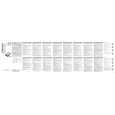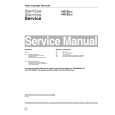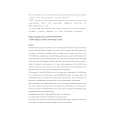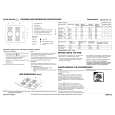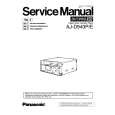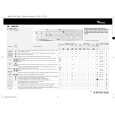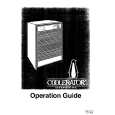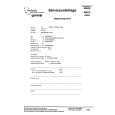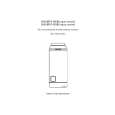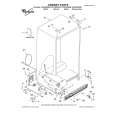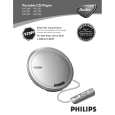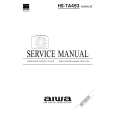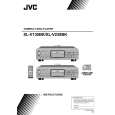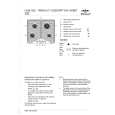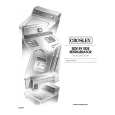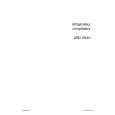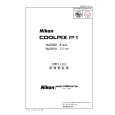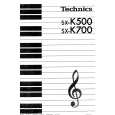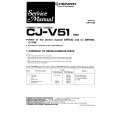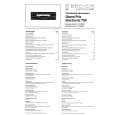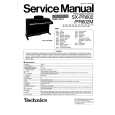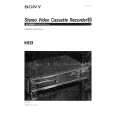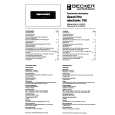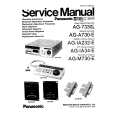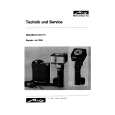|
|
|
Productos
|
|
Información
|
|
Destacado
|
|
|
 |
|
|
No hay comentarios de productos.
Connections
� Be sure to turn off your ampli�er before connecting the speaker system. Connecting it while the ampli�er is on may result in damage to the ampli�er or the speaker system. � The nominal impedance of this speaker system is 8�. Use only ampli�ers capable of handling this impedance. � Use the supplied speaker cables to connect between the speaker�s input terminals and the ampli�er�s speaker terminals as illustrated below. � Be sure to connect the Center, Surround Right and Left speakers with the ampli�er�s corresponding speaker terminals. Also, be sure that you are connecting the speaker�s positive (+) and negative (�) input terminals with the ampli�er�s corresponding positive and negative speaker terminals. Otherwise, undesirable sound �eld or impaired bass-range reproduction will result. � Before turning on the ampli�er�s power switch, pull lightly on the speaker cables to ensure that they are connected securely. � To prevent damage to circuitry, never short-circuit the positive (+) and negative (�) speaker wire.
Installation using commerciallyavailable stands and �xtures
The surround speaker bottom and rear are equipped with screw holes so that you can attach commerciallyavailable stands or mounting �xtures for a variety of mounting options. (Two M5 screw holes, 60 mm pitch on the bottom and one M5 screw hole on the rear.) Note: When attaching an accessory item to a speaker, be careful of the length of the screws used. Use only screws that between 7 and 12 mm.
5 mm 7 ~ 12 mm M5 screw
provide the required strength with a screw length
Precaution on use
� This speaker system can handle the speci�ed input power when it is used for ordinary music reproduction. If the following abnormal signals are fed to the speaker, however, an overcurrent may �ow in the internal circuits, causing burning or breakage of the wires even if the input power is below the speci�ed rating. 1. Noise produced when FM station is not tuned in 2. Sound produced when fast-forwarding cassette tape deck 3. High-frequency sound generated by an oscillator, an electronic musical instruments, etc. 4. Oscillating ampli�er signals 5. Special test signals produced by audio checking CD, etc. 6. Sound produced when connecting or disconnecting audio connection cables (Always turn off the ampli�er�s power before connecting or disconnecting cables.) 7. Howling when a microphone is used � Do not place magnetic objects such as screwdrivers and iron parts near the speaker system since they use speakers with strong magnets. Otherwise, the objects may be attracted, causing injury or damaging the diaphragm.
SKF-3600 Front right speaker
SKF-3600 Front left speaker
SKC-3600 Center speaker
Green
FRONT SPEAKERS
SURROUND SPEAKERS
CENTER SPEAKER
A
L L
B
L
Blue
R R R
SURROUND BACK SPEAKER
Gray SKM-3600 Surround right speaker SKM-3600 Surround left speaker
1. Strip the insulation of speaker cables, and twist the core wires tightly. 2. While pressing the lever, insert the wire into the hole, and then release the lever. 3. Make sure that the terminals are gripping the core wires, not the insulation.
3
|
|
 |
> |
|
